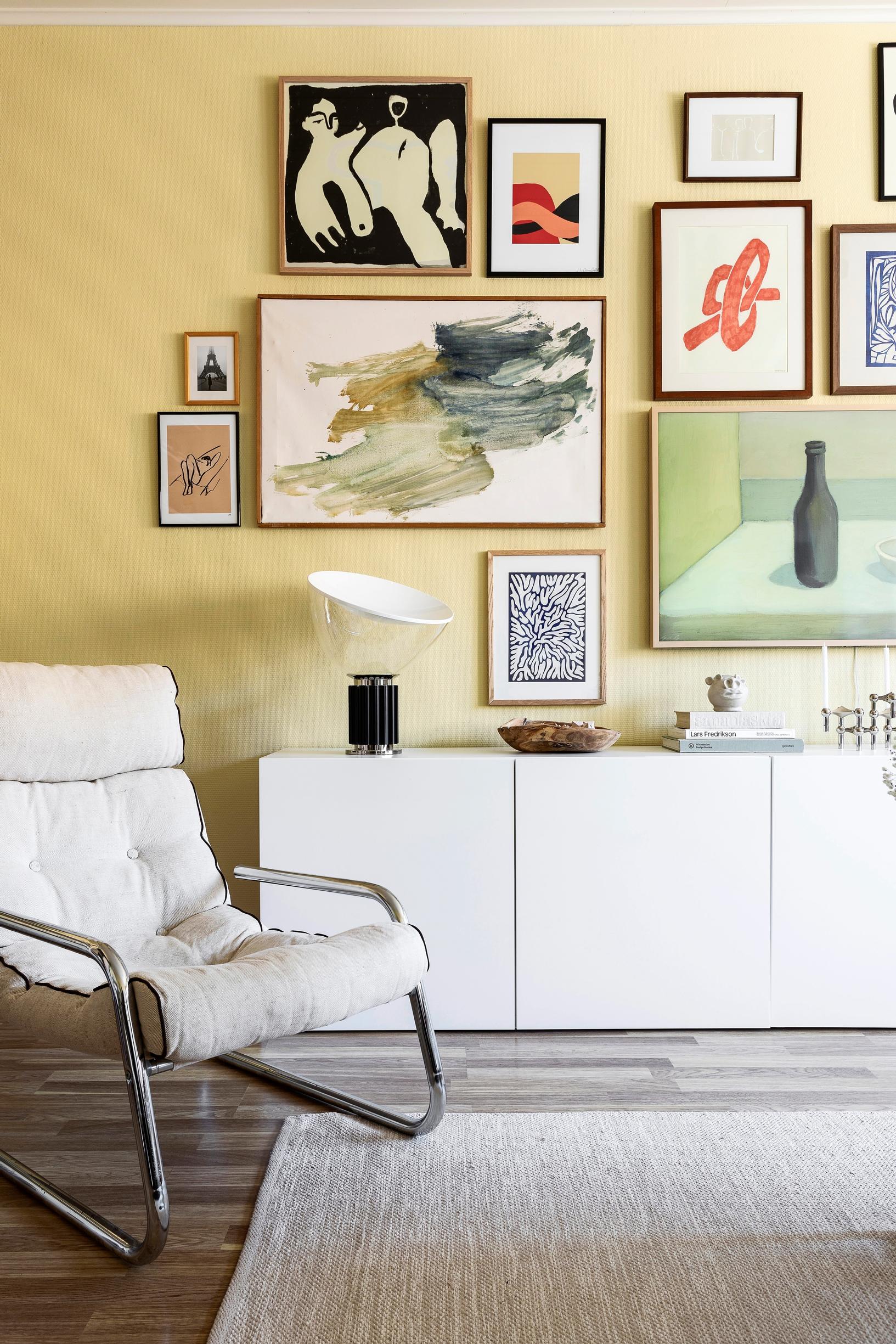
What on earth is “gallery height”? An interior designer explains how high to hang your art—read these tips!
How much space should you leave between your sofa and your artwork? How does room height come into play? Interior designer Suvi Malkki shares her tips!
How high should you hang your art?
1. Rule of thumb: position the center of your painting or collage 145 centimeters above the floor
Interior designer Suvi Malkki gives guidelines for arranging artwork:
Gallery height is 145 centimeters above the floor, measured at the artwork’s center. Malkki often suggests placing the midpoint at eye level. She says this sometimes confuses clients, especially if one person is 155 centimeters tall and another is 195. In that case, the recommended gallery height is a good solution. This rule works well for medium-sized pieces, but you should consider other elements in the room if the artwork is large.
2. Hanging art above the sofa? Don’t hang it too high
If you’re hanging art above your sofa, leave around 10–30 centimeters between them—not more. A common mistake when placing art above furniture is hanging it too high, sometimes even half a meter above the sofa.
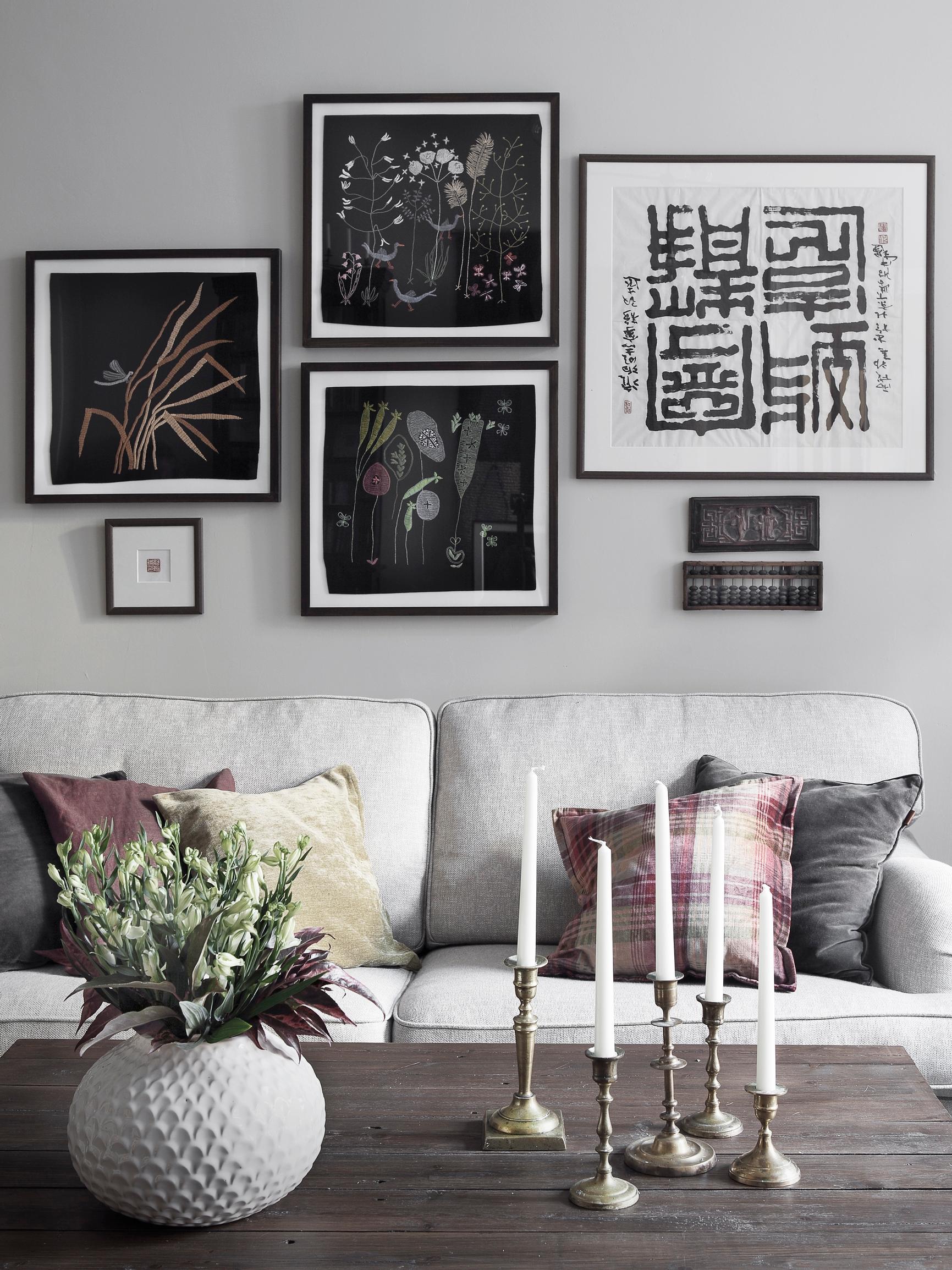
3. Consider the width of your sofa or bed
Art placed above your sofa or bed shouldn’t match the furniture’s width. Usually, it looks best if the piece is about two-third of the width of the furniture.
4. What about art above your dining table? Consider seat height
In a dining area, Suvi Malkki suggests considering the seated viewer’s eye level, which means you may want to hang your art lower than the standard gallery height. This way, the artwork is better positioned for those at the table.
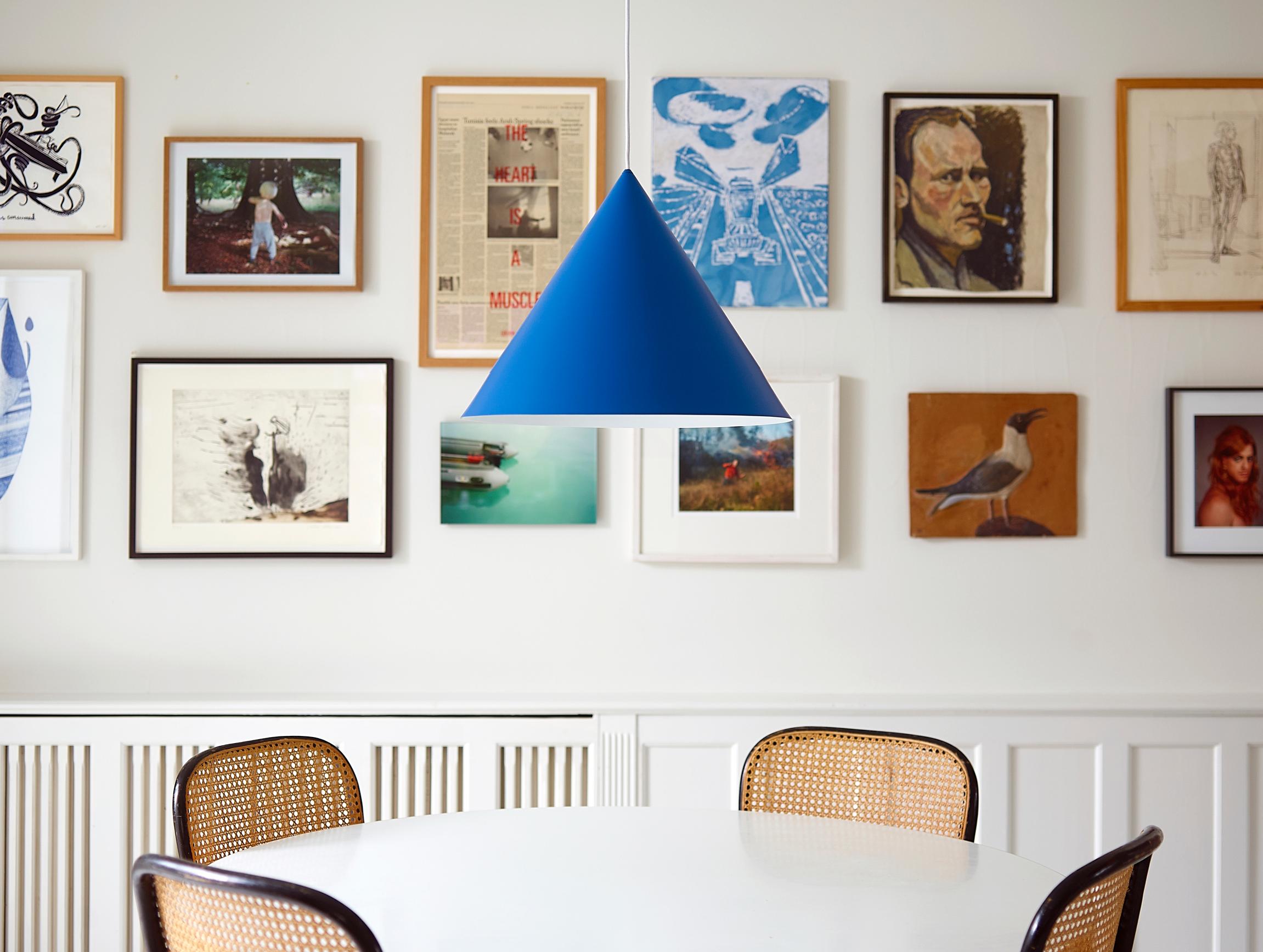
Different and innovative ideas can give a space personality and are just as valid as the so-called correct method.
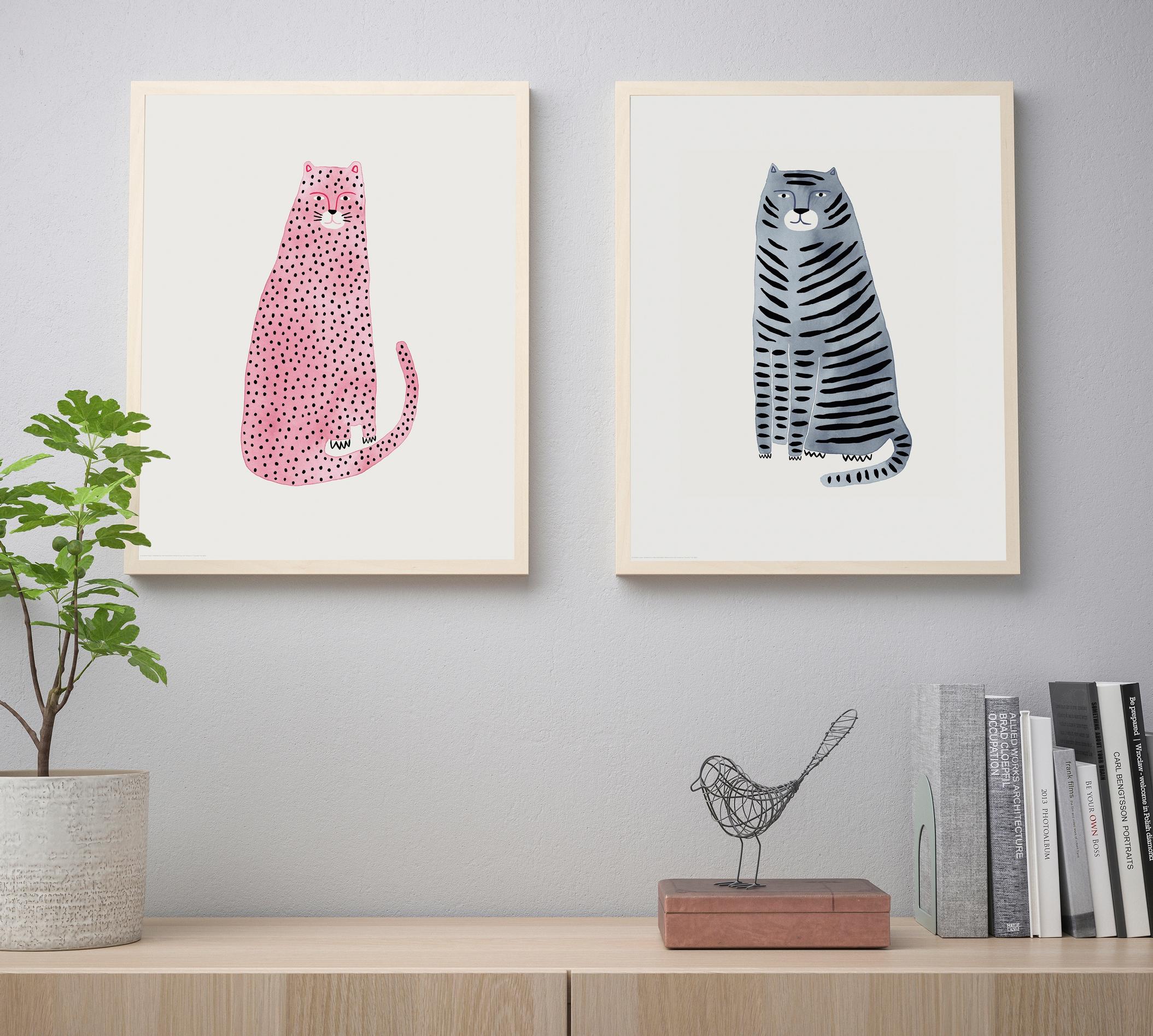
5. Room height matters, too
Even with this rule of thumb, the ideal hanging height isn’t always obvious. The room’s height, along with existing furniture and light fixtures, influences ideal placement. A helpful guideline is to position the artwork’s midpoint at about two-thirds of the distance from the floor, dividing the floor-to-ceiling height into three sections.
6. You can (of course!) break the rules
Suvi Malkki points out that bold setups are common today, including collages that fill an entire wall from floor to ceiling. These different and innovative ideas can add personality to a space and are just as valid as the so-called correct approach.
Always hang valuable art with the right anchors and screws for your wall. Tape an envelope below the spot you’re drilling to catch dust.
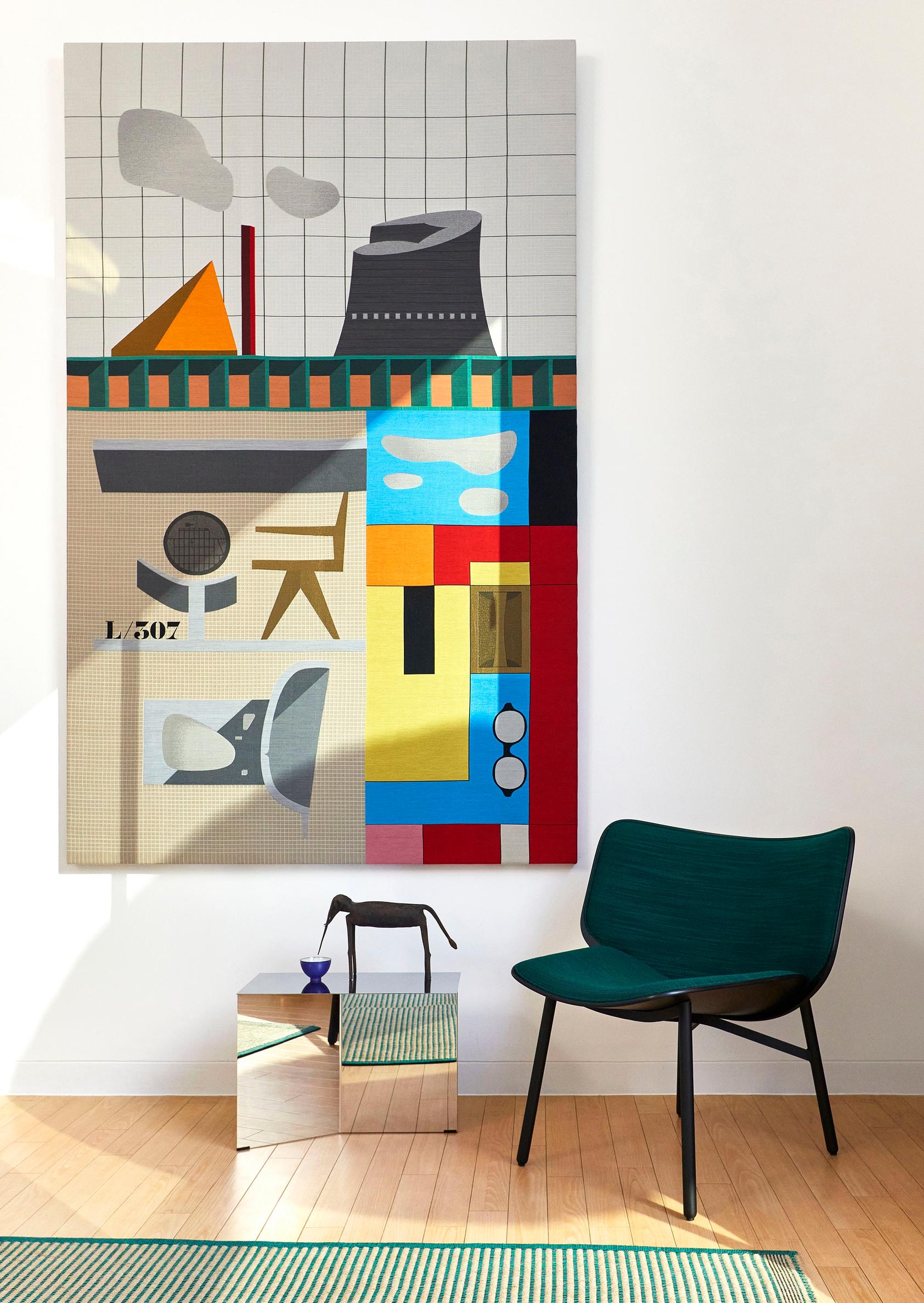
You can also rent art from a lending service or pay in monthly installments.
Hanging art—three common issues
When should an artwork be framed by a professional?
Any artwork becomes more valuable and longer-lasting when you have it framed professionally. This ensures it gets frames that match the piece’s exact dimensions and, if needed, custom-fit mat boards. A quality UV-protective glass preserves the colors better than a cheaper option.
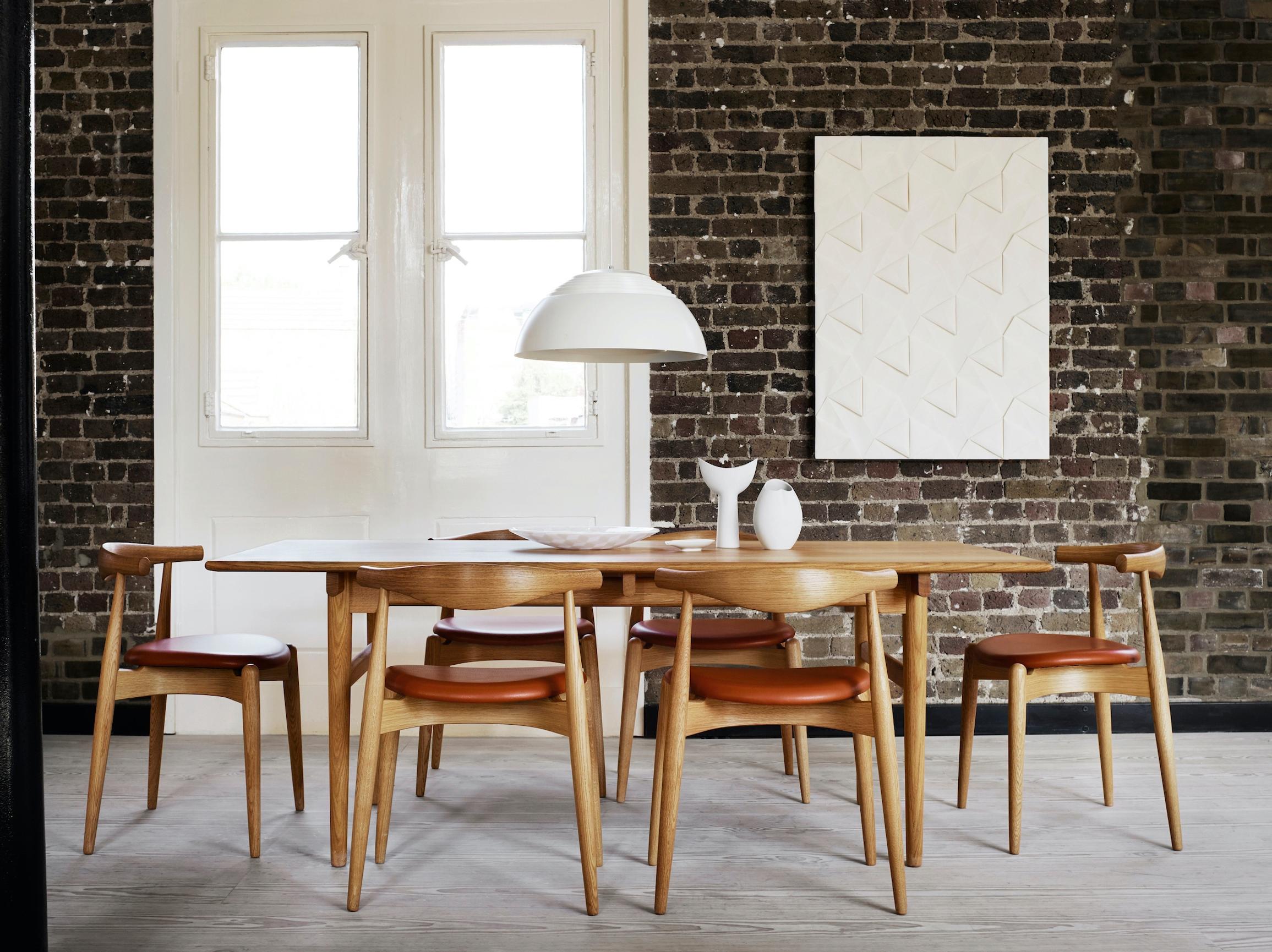
Does art always have to be hung on a white wall?
You can also hang art on a colorful or patterned wall. You just need to make sure the piece’s style fits in with the rest of the décor and stands out from the wall. A mat board can help with achieving this.
Can I hang a painting near a flat-screen TV?
A sleek, stylish flat-screen TV can be part of an art collage. Some TV models let you choose decorative frames and display images of art while in standby mode.
Fun fact: The mat board framing an artwork is called “paspartuuri” in Finnish, derived from the word passepartout.
Three reasons to bring real art into your home
1. Uniqueness
When you buy art, you bring a one-of-a-kind, genuine expression of the artist’s vision into your home. This creates adds personal flair to a space. Many artists accept commissions, letting you choose the size, color scheme, and subject of the piece so it fits your home perfectly.
2. Sustainability
Investing in real art supports longevity. At best, a valuable piece can pass from one generation to the next—if not for its worth, then as a distinctive snapshot of its time. If the price seems high, think about its yearly cost based on how long it might last. Consider what else you might spend that amount on in a year.
3. Supporting the artist
When you purchase a piece from a professional artist, you give direct support to local art and culture.
Sources: Suvi Malkki, Kehysliike Malkki, and Frida Ramstedt: Tyylikäs koti (Tammi, 2019)


